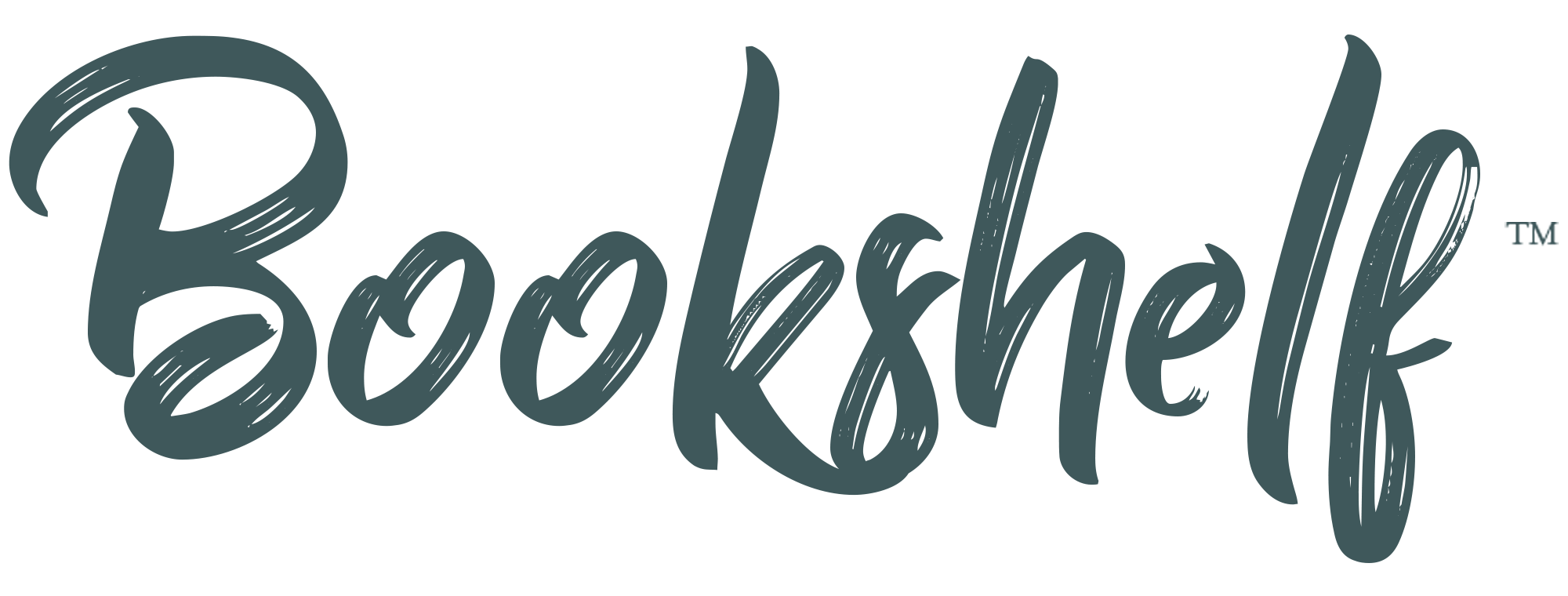Authored by: Paul Heyne
Reviewed by: Kevin Miller
Keyword: Economics, Microeconomics, Macroeconomics, Social Justice, Adam Smith, John Maynard Keynes, Paul Samuelson, Friedrich Hayek, Milton Friedman, Thomas Sowell, Ronald Coase
The Essence of the Book:
The Intercollegiate Studies Institute asserts it exists to “educate for liberty.” Part of that is publishing its “A Student’s Guide…” series. This essay about Economics of only 61 pages takes the reader on a select tour of thinkers and basic classifications of economics over the last 250 years, starting with Adam Smith, essentially the first writer to begin the study of economics, to the present.
Whitestone Commentary:
Author Paul Heyne was a popular speaker and lecturer at several universities. Also, Heyne was the author of a popular basic economics textbook, The Economic Way of Thinking, that is published in many languages in numerous editions. His two divinity degrees, a master’s degree in economics, and doctoral degree in ethics and society help color the breadth of his discussion.
High-end professional economics these days is mostly all about math and modeling. This book is crafted far differently than that…this is about a migration of ideas in modern economics.
Microeconomics (e.g., individual transactions) and macroeconomics (e.g., large-scale behavior and government involvement) are considered the two main branches of study. Heyne captures the ebb and flow of how these two areas have been viewed over the last century or two.
The push for the importance of “macro” was embodied in Paul Samuelson, the author of one of the most widely-used introductory textbooks for use in introductory “econ” classes for decades and advocate for government intervention and management. Heyne is much less impressed than Samuelson with the veracity and reliability of macroeconomics as a public policy tool.
Heyne zigzags—roughly chronologically—across perhaps ten or so influential economists and their particular interpretations and influence in order for the reader to gain a sense of what “economics” is all about. This is one of the very few places one can gain a well-considered bird’s eye view of this migration—and that’s probably the key reason to read and digest this book.
This book is especially useful to introduce the beginner in economics to a tour of evolving thinking without getting drowned in uncontextualized nuts and bolts. But this book is also a great linkage of ideas for the veteran, too, and a reminder of some of the key truths, fictions, promises, and limitations of economics.
From reading Heyne’s narrative, you also can identify an important book or two to think about reading, perhaps Nobel Prize-winning Milton Friedman’s Capitalism and Freedom or Thomas Sowell’s Knowledge and Decisions.
Definitely recommended. Read it in about the time it takes to watch a movie, and acutely grasp a framework that is too often ignored as even basically necessary. Read this and illuminate one field of study that we all participate in every day for better or worse—economics.
Reviewed by Kevin Miller

